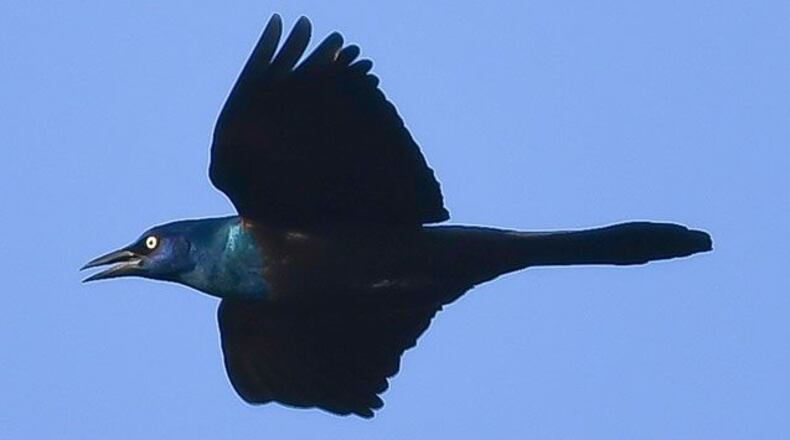Specimens have been sent to the National Wildlife Health Center to be analyzed, but ODNR has yet to receive any results, according to wildlife biologist Laura Kearns.
“They’re in the process of doing all sorts of diagnostic tests,” she said. “Unfortunately, it takes a while because they’re doing so many types of tests. It’s kind of a process of trying to rule out what it’s not, but also figure out what it is.”
Montgomery and Butler counties are among those with the highest concentrations of dead or diseased bird reports. Hamilton, Franklin and Delaware counties also have the highest reports in the state, Kearns said.
People can assist wildlife experts: Ohioans who own bird feeders are advised to take them down and sanitize them with a 10% bleach solution to mitigate the spread of the disease, the ODNR posted on its website.
Five Rivers MetroParks also is taking down bird feeders in its parks and asked for area residents to take down their own feeders for the next few weeks.
Residents can also report sightings of dead or diseased birds to the state, but they should make sure what they’re submitting is accurate, Kearns said.
“We appreciate the reports from the public,” she stated. “I would just say think about common sense reporting. If you see a bird and it’s dead or having problems in the road, it could just be hit by a car.”
Ohioans can file a report on the ODNR website (ohiodnr.gov) if they find a dead bird, and can reach out to a wildlife rehabilitator if they find a bird exhibiting symptoms of the disease, which include crustiness or swelling around the eyes and neurological effects such as disorientation.
About the Author
